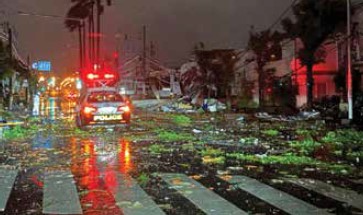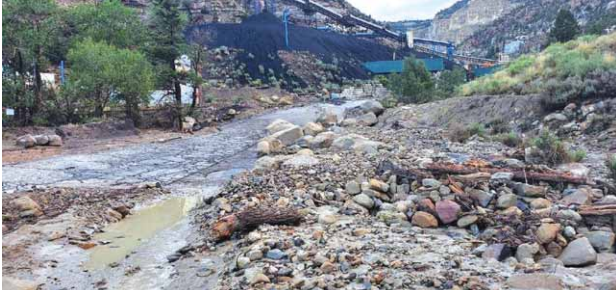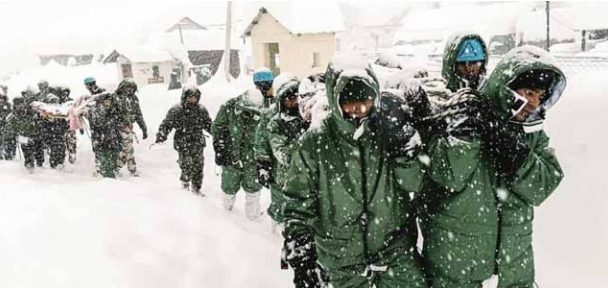Japan is in the grip of a powerful natural disaster as Typhoon Shanshan, the strongest typhoon of 2024, made landfall on the southern island of Kyushu. With torrential rainfall and wind speeds reaching a staggering 252 km/h (157 mph), the typhoon is threatening to unleash widespread destruction across the region. As Japan’s Meteorological Agency warns of over a meter of rain falling within 48 hours, tens of thousands of people have been urged to evacuate, while the nation braces for what could become a “major disaster.”
The typhoon touched down at approximately 8 AM in southern Kyushu, already leaving over 254,000 homes without electricity. The storm’s slow pace, moving northwards at just 15 km/h, is exacerbating concerns, as it gives Shanshan ample time to wreak havoc. The meteorological agency has predicted 1,100 mm (43 inches) of rainfall over two days, which is around half of the region’s annual rainfall.
Authorities have issued rare special typhoon warnings, particularly for Kagoshima prefecture, as residents remain on high alert. The risk of landslides in the mountainous regions is escalating, and with transport disruptions, including canceled trains and flights, the country’s infrastructure is straining under the pressure of this massive storm.
Tragically, Typhoon Shanshan has already claimed lives. Three members of a family were buried in a landslide in Gamagori city, central Japan. The victims, a couple in their 70s and their son in his 30s, perished, while two daughters survived with injuries. This heartbreaking incident is just one of many feared to occur as the typhoon continues its path of destruction.
The magnitude of the disaster has forced major automakers like Toyota to halt production in all 14 of its factories. In the meantime, Japan Airlines and ANA have canceled hundreds of flights, stranding 25,000 passengers, and railway services, including the iconic bullet trains, have been suspended.
As public broadcaster NHK TV showed videos of homes with roof tiles ripped off, shattered windows, and trees uprooted, the scale of the destruction becomes apparent. One resident in Miyazaki shared a harrowing story of how their carport roof was blown away entirely, with the violent shaking mistaken for an earthquake by their children. “It was completely beyond our imagination,” they said.
Government officials, including chief cabinet secretary Yoshimasa Hayashi, have warned that Typhoon Shanshan’s violent winds, high waves, and storm surges are unlike anything many residents have experienced before. The slow-moving nature of the storm only increases the potential for catastrophic damage. Forecasters have made it clear: this typhoon is not to be underestimated, and the possibility of a major disaster looms large.
Japan has only issued its highest level of typhoon warnings three times before, underscoring the severity of the current situation. The last major warning was in September 2022, when five people lost their lives to a similar storm.
Typhoon Shanshan’s slow march through Kyushu is reminiscent of other recent powerful storms, and experts warn that these intense tropical cyclones are becoming more frequent due to the global climate crisis. Rising sea levels and warmer oceans are contributing to stronger, longer-lasting storms, and the effects are devastating coastal communities worldwide. The storm surge caused by Typhoon Haiyan in the Philippines in 2013, for example, was about 20% higher due to human-caused climate breakdown.
As Japan confronts Shanshan’s fury, the reality of climate change looms large. Warming oceans are fueling stronger storms, increasing rainfall, and pushing coastal storm surges higher. The impacts of these storms are becoming more destructive, more frequent, and more deadly. Typhoon Shanshan is the latest in a growing list of climate-fueled disasters, and its devastating effects will likely linger long after the storm passes.
Source:
www.theguardian.com






